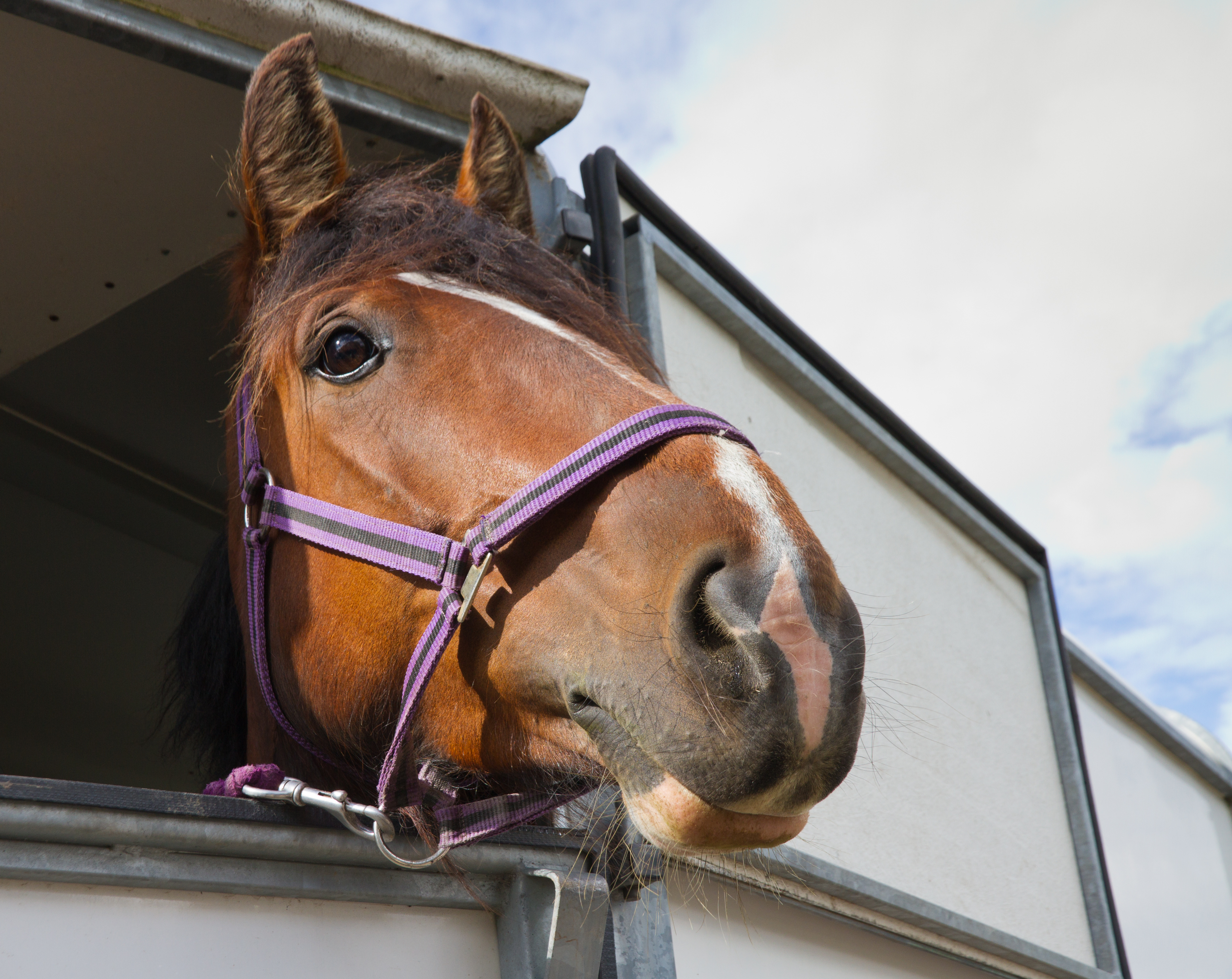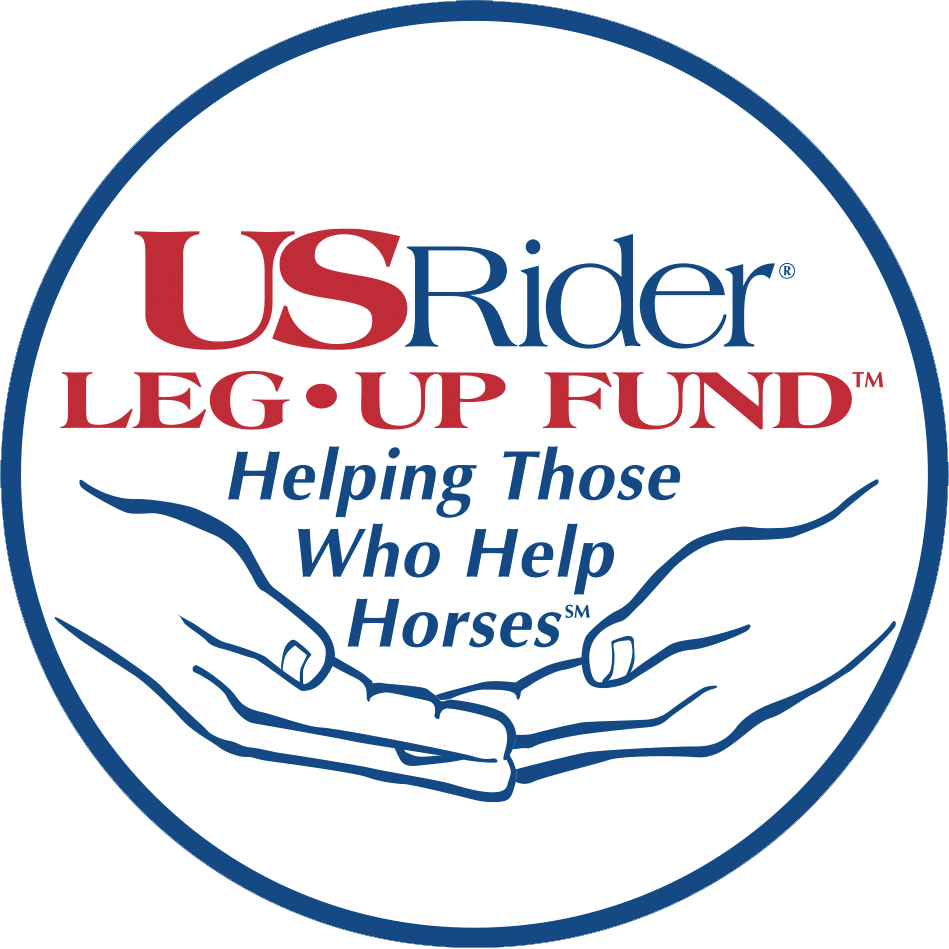You can haul your horse all year long, even in the dead of winter, as long as you do so safely. Here, I'll first tell you how to ready your rig for winter hauling. Then I'll go over how to...

You can haul your horse all year long, even in the dead of winter, as long as you do so safely. Here, I’ll first tell you how to ready your rig for winter hauling. Then I’ll go over how to help keep your equine friend comfortable when you haul him in winter conditions. Finally, I’ll give you six ways to ease trailer-loading in snow and ice.

Before you leave, check all lights on your towing vehicle and trailer. Replace any non-functioning lights. Photo by CLIXPHOTO.CA
Ready Your Rig
Before you set out with your horse in tow, you need to ready your rig for winter conditions. Here’s how.
•Apply reflective decals. Apply extra reflective decals on the back and sides of your trailer, so that other drivers can see your rig in poor conditions. One good source for trailer decals is Caution Horses Safety Products.
•Invest in good tires. Invest in quality tires for your entire rig. Check tire pressure before every trip; comply with the manufacturer’s recommendations.
•Check all lights. Recruit an assistant to help you check all lights on your towing vehicle and trailer. Replace any non-functioning lights.
•Carry chains. Keep quality chains handy if snow and ice are significant enough to use them. Check your state’s chain requirements. Generally, if you have to chain up the drive axle of your towing vehicle, you should have chains on the trailer as well.
•Top off the fuel tank. And don’t let your fuel tank get below a half-tank. If you’ll be driving in remote areas, carry extra fuel.
•Top off the windshield-wiper fluid. And make sure the windshield wipers are working. Place a long-handled windshield scraper in your vehicle.
•Comply with local brake laws. Every state has its own laws related to trailer brakes. To find out the laws in your state, check here.
•Turn off the Jake brake. Engine brakes are wonderful for towing vehicles — they do a fantastic job slowing the rig to minimize brake wear under dry conditions. But a diesel engine’s compression-release engine brake (also referred to by the brand name Jacob’s brake, or Jake brake) can lead to a jackknife if used in slick road conditions, since they slow your towing vehicle first.
•Sync the brakes. Make sure the trailer brakes complement the brakes of your towing vehicle. When you’re on a steep downhill in slick conditions, you might need to slow the trailer with brakes greater than your vehicle’s brakes.
Consult the manufacturer’s instructions. Generally, brakes are best set on dry, flat ground at a slow speed and need to be adjusted for the load. Position the electronic brake so you can manually engage it via the thumb control.
•Turn off cruise control. If you get into a slide, the precious second or two that it takes to turn off the cruise control may doom your chances of maintaining control.
•Weight your towing vehicle. If you’ll be towing an empty trailer, note that it’ll jackknife more easily than a loaded one. For better control, place concrete blocks or bags of sand into the back of your truck to add weight over the rear axle.
•Pack cold-weather gear. For the horses, pack extra hay and at least 10 gallons of water (non-frozen). For you, carry a cell phone with charger, emergency blankets, jackets, high-energy snack foods, and a thermos of hot drink, in case your towing vehicle or trailer breaks down and you need to wait roadside for help.
Keep Him Comfortable
Here’s how to help keep your horse comfortable while hauling him in the winter.

Trailer-Loading Tips
Here are six ways to ease trailer-loading in snow and ice.
Rebecca Gimenez, PhD (animal physiology), is a primary instructor for Technical Large Animal Emergency Rescue. A Major in the United States Army Reserve, she’s a decorated Iraq War veteran and a past Logistics Officer for VMAT-2. She’s an invited lecturer on animal-rescue topics around the world and is a noted equine journalist.
